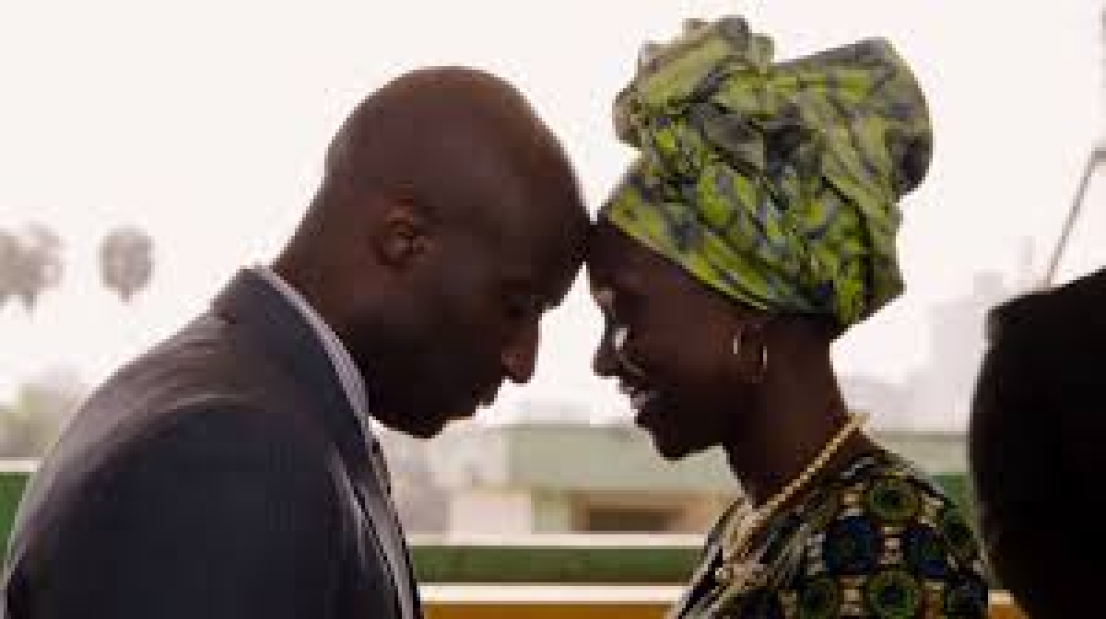Sense8 is also not without flaws in its portrayal of sex. No characters are seen using protection, nor do they ever discuss the possible negative outcomes of sex. Still, Sense8 addresses a multitude of generalizations and tropes in media, especially those relating to LGBTQA and racial minorities.
One article, Sexual Orientation on Television says, “Of the LGBTQ characters portrayed on broadcast television, 69% were White, 19% Black, 7% Latino, and 6% Asian. On cable and streaming platforms, the percentage of white characters representing the community were slightly higher between 71% and 72%” Sense8 contrasts starkly with these statistics. 40% of the LGBTQA characters are Latino, 40% are Black, and only 20% are White.
Sense8 is one of the few shows that makes sure their representations of sex promote healthy ideas of sexuality in their viewers, both by challenging stereotypes and by presenting examples of what healthy sexuality might look like. When I recommend this show I do so with full knowledge of its faults and failings, but also with a deep awareness of its many successful themes and the work it does.
Representation, Review







